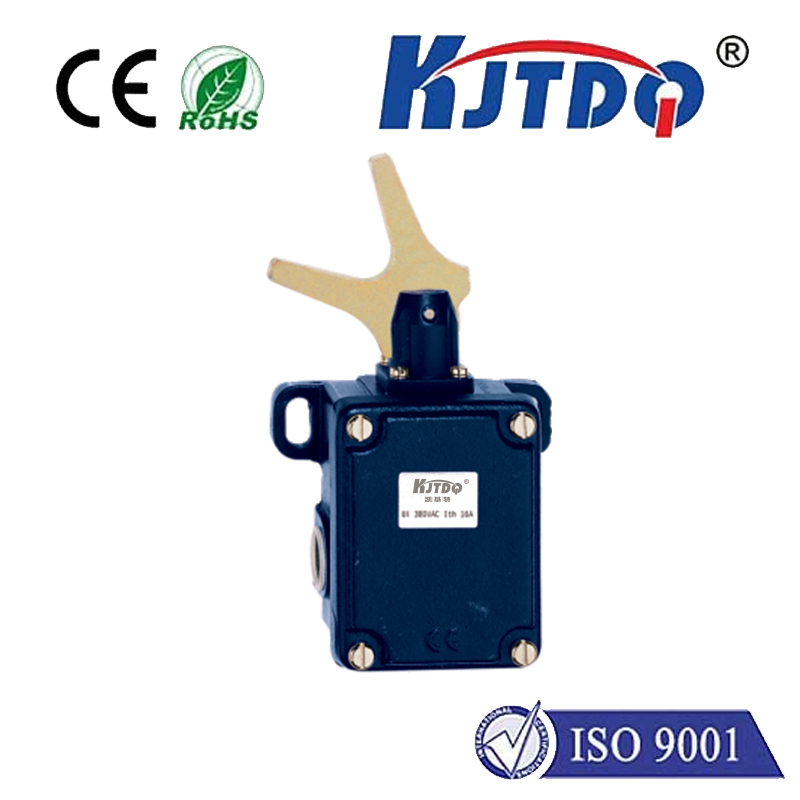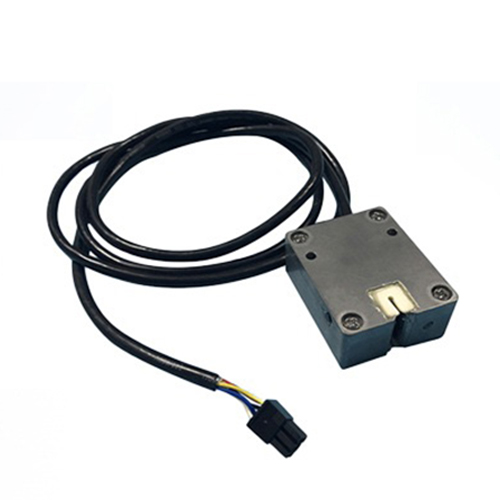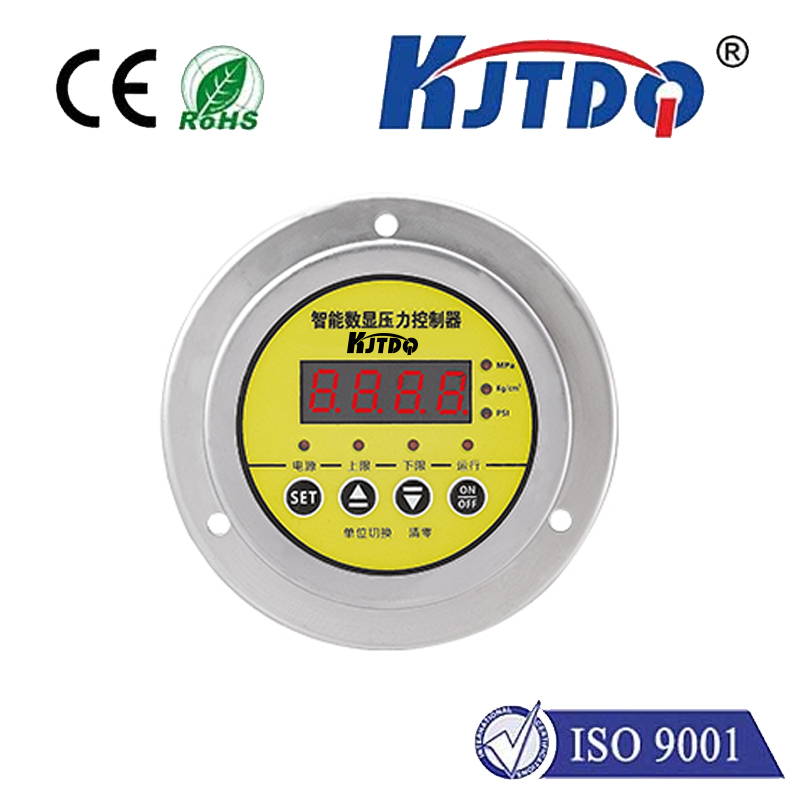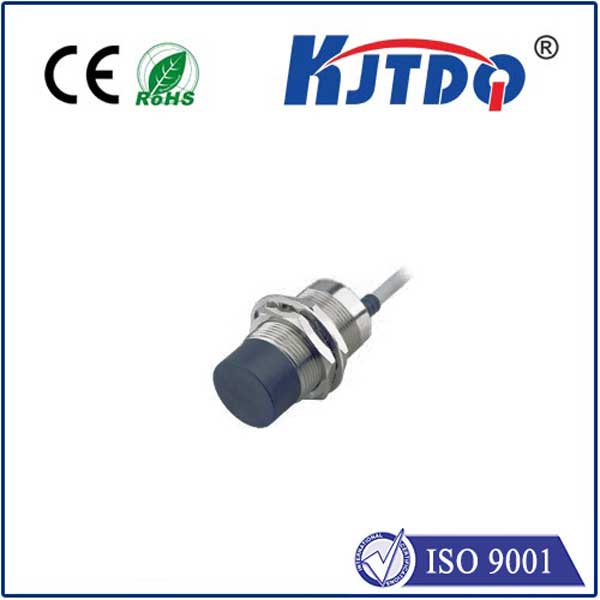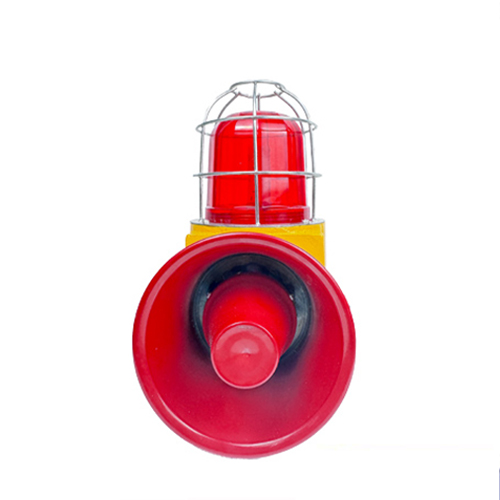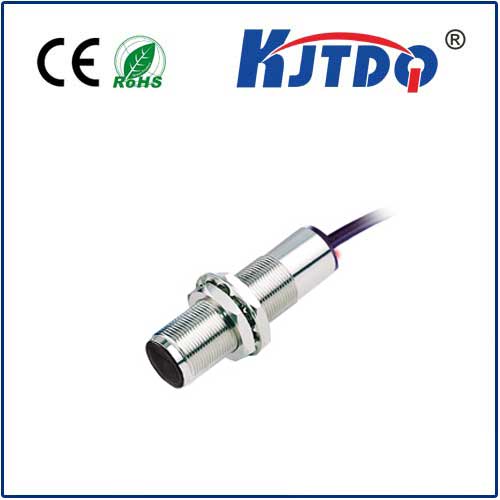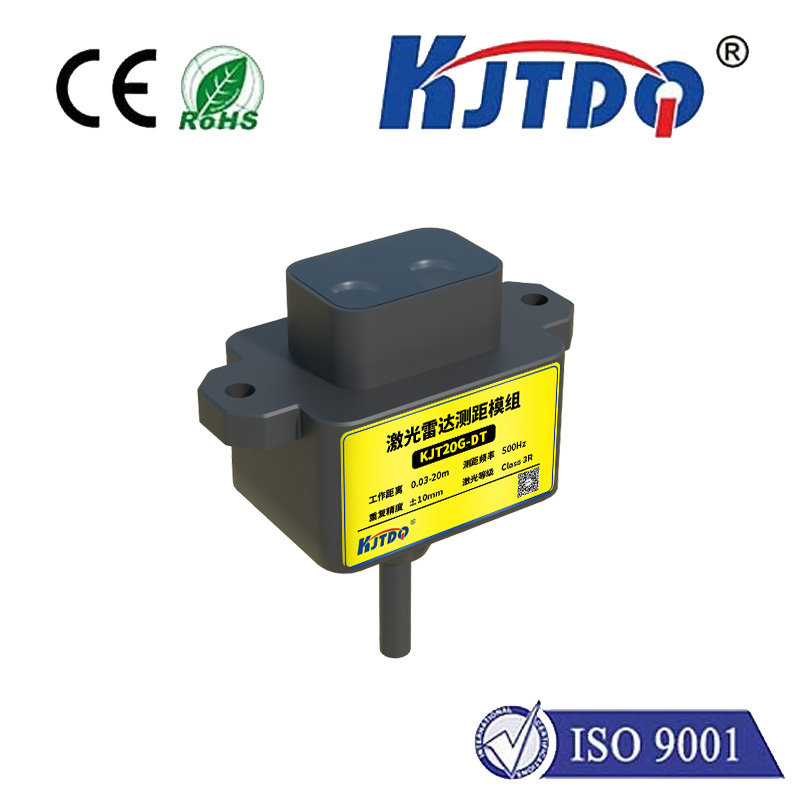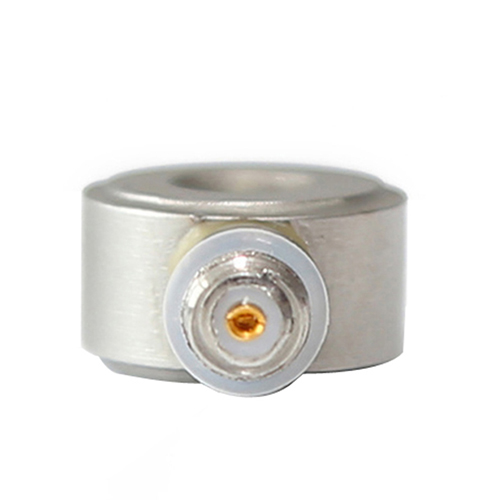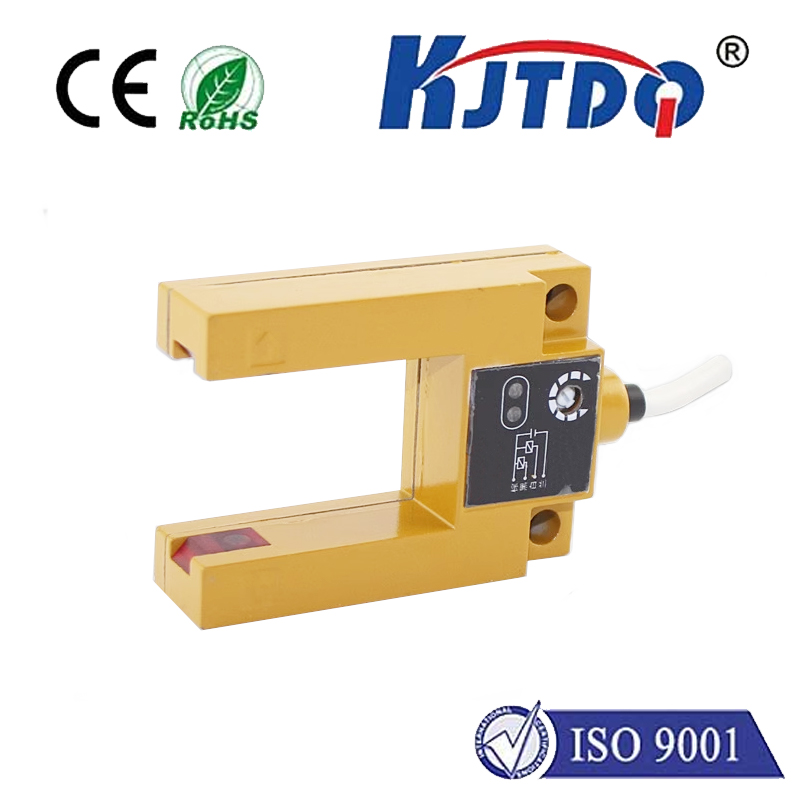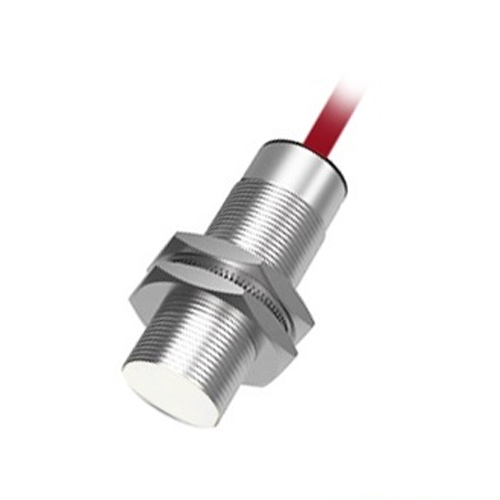

check

check

check

check

check

check

check

check

check

check
Introduction:
In the world of industrial automation, pneumatic cylinders play a significant role in handling various tasks. These cylindrical devices convert mechanical energy into fluid pressure to perform movements and actions. However, traditional pneumatic cylinders rely on manual control, which can be time-consuming and error-prone. To overcome this challenge, the integration of proximity sensors has emerged as a game-changer in enhancing automation efficiency and safety. In this article, we will explore how proximity sensors work in conjunction with pneumatic cylinders and their benefits for industrial applications.
Section 1: Understanding Proximity Sensors
Proximity sensors are an electronic device that detects the presence or absence of objects in its vicinity. They work based on the principle of infrared radiation or magnetic field induction. The sensor emits a beam of infrared or electromagnetic radiation, and when it comes into contact with an object, it triggers an alert or changes its output signal. There are two types of proximity sensors: infrared and ultrasonic. Infrared sensors use light to communicate, while ultrasonic sensors emit high-frequency sounds to detect distances. Both types have their advantages and disadvantages, depending on the specific application requirements.
Section 2: Integration of Proximity Sensors with Pneumatic Cylinders
The integration of proximity sensors into pneumatic cylinders enhances the overall efficiency and safety of the system. By using these sensors, the cylinder can automatically stop its movement when an obstacle is detected, preventing collisions or damage to equipment. This feature is especially useful in applications where precision and safety are critical, such as assembly lines, material handling systems, and medical devices.
One popular approach to integrating proximity sensors with pneumatic cylinders is through magnetic switches. These switches use a magnet to attract or repel a proximity sensor, triggering an electrical signal to control the cylinder's movement. Another method is through optical switches, which use light beams to interact with the sensor and control the cylinder's operation. Both methods offer reliable and accurate detection of obstacles, ensuring safe and efficient automation processes.
Section 3: Advantages of Using Proximity Sensors with Pneumatic Cylinders
The integration of proximity sensors with pneumatic cylinders offers several advantages for industrial applications. Some of the key benefits include:
1. Enhanced Safety: By detecting obstacles in real-time, proximity sensors prevent accidents and injuries caused by collisions or misoperations. This reduces the risk of workplace hazards and improves worker safety.
2. Increased Accuracy: The precise sensing capability of proximity sensors ensures accurate detection of obstacles, even in complex environments with multiple moving parts or obstacles. This results in improved efficiency and reduced downtime.
3. Easy Integration: Proximity sensor technology is highly compatible with pneumatic cylinder systems, making it easy to integrate into existing setups without significant modification or reconfiguration. This saves time and costs for manufacturers and users alike.
4. Better Control Over Motion: By controlling the movement of pneumatic cylinders based on proximity sensor input, industrial systems can achieve more precise and customized actions. This allows for better adaptation to different working conditions and task requirements.
Conclusion:
The integration of proximity sensors into pneumatic cylinder systems has revolutionized the field of industrial automation by providing increased safety, accuracy, and control over motion. Whether you are working in manufacturing, material handling, or medical settings
